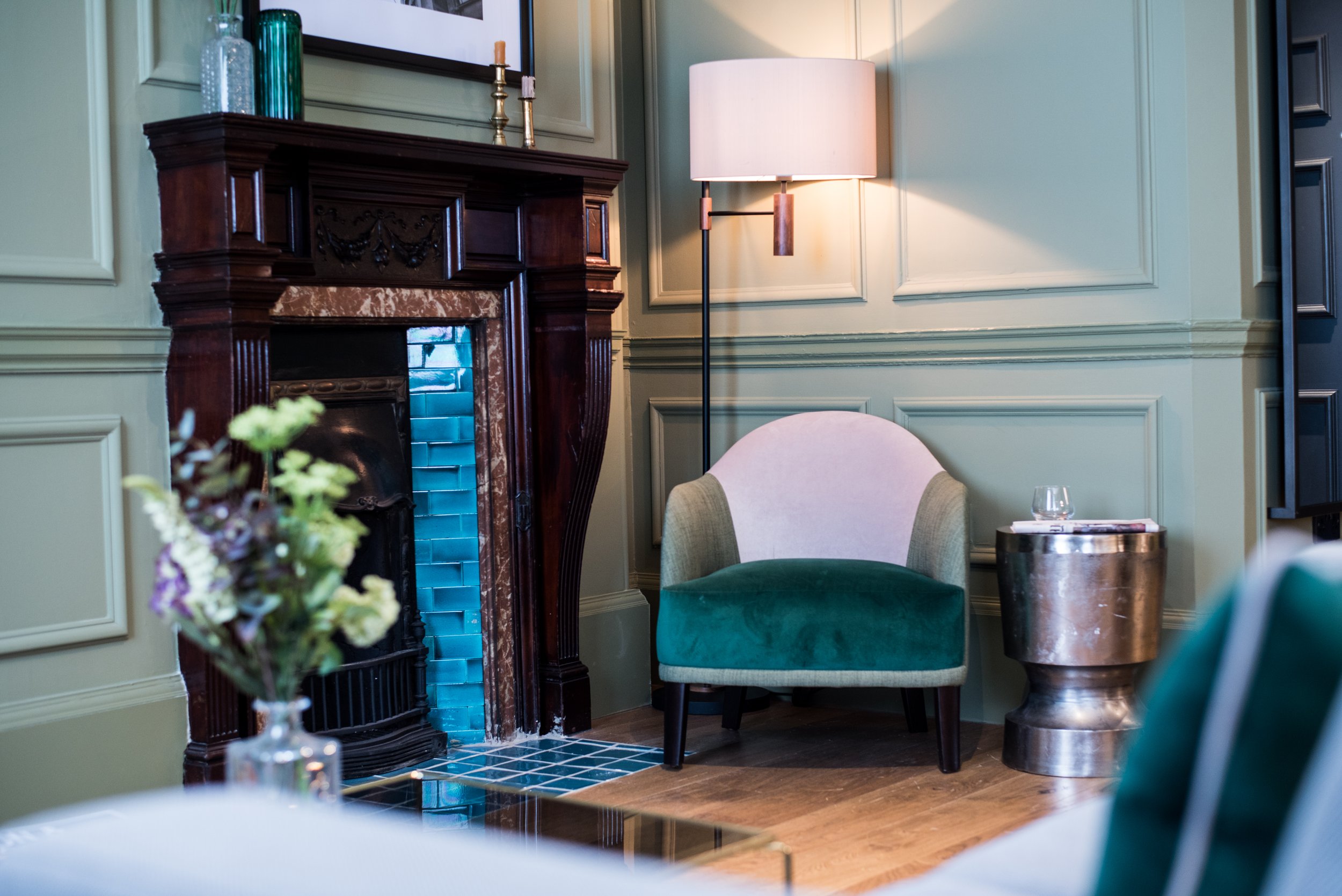How to refurbish a hotel sustainably on a tight budget
Whenever I give a talk on design and sustainability to a hospitality crowd, without fail, one question always comes up – “That’s all great, but how can I refurbish my hotel sustainably when my budget is tight?”
It’s a perfectly reasonable question. In fact, it is one of the most important questions because the hospitality sector and its guests desperately want to drive change, but how do you pay for it? Many hotels require investment, but it is sometimes impossible to make the levels of investment stack up.
Perhaps unsurprisingly, I believe design is at the centre of the problem, but it is also the solution. In recent decades, hospitality design has become overly distracted by simply beautifying spaces, but the primary role of design is always to add value. Don’t make spaces beautiful, make them valuable.
For hoteliers to address the issues of budget, sustainability and design we have to get back to first principles and break the cycle of strip-out and refurbishment. Starting every project at square one (discarding the old and starting anew), is unnecessary, costly and inherently unsustainable.
Below are five ways to limit your overall spend while delivering on your design and sustainability goals.
Take stock
For us, the most important role of a designer is to see value where others do not. We call it the art of doing nothing. Some of the most beautiful drawings are those done with the fewest pencil lines, and designers should aspire to achieve a client’s goals in the most impactful and cost-effective way.
In some cases there really is little value in a space that needs refurbishment, and a full strip out is then required. This is often a result of poor design choices in the past. However, more often than not, viewing spaces and objects with a fresh perspective can unearth value and save money.
Don’t get distracted by others
The market is full of fantastic gadgets and products, designed to improve your business or the guest experience. But these all cost money, and sometimes a considerable percentage of your budget. Furthermore, the environmental impact of demolition and refurbishment is enormous. For example, a new armchair uses approximately four times the amount of carbon compared to a reupholstered, pre-loved furniture item (according to benchmarking data from the FIRA). A successful hotel starts with great hospitality, taking care of guests and making their stay as comfortable and memorable as possible. New gadgets and products can certainly enhance the experience, but look at the cost-benefit before mimicking your competition.
Never compromise quality
Focus on doing a few things really well rather than many things to a lower standard. When looking to keep budgets low there is a tendency to seek out cheaper products and materials that achieve the same look and feel but which lack quality. Poorly sourced and made products have a host of sustainable and ethical issues in the short term, and they ultimately impact the hotel business longer term by accelerating the need for future refurbishment, increasing maintenance and repair cost, and reducing repeat business thanks to poor first impressions.
Always focus on the guest
A few years ago we were working on a branded hotel where the wardrobes we designed (according to brand guidelines) were priced at £1,200 each. The client wanted to reduce this by 25% as part of the value engineering process. The difficulty was that to achieve such a saving we would have to move production and reduce the quality of the materials, raising concerns about sustainability and durability. Instead of taking this saving we worked with the brand to challenge the guidelines. The average guest stay was 1.1 days, so we asked - do these guests even need a wardrobe? The solution was a high-quality, purpose-built luggage rack with a row of bespoke wall hooks. Rather than saving £45,000 by sourcing a inferior wardrobes, we saved £86,250 and still maintained quality for both the business and the guest.
Maximise the use of items
When space planning rooms, consider using objects that can serve multiple uses. For example, aligning a desk with a bed can allow it to serve the dual purposes of desk and bedside table, while the desk lamp can also be used for reading. Again, if you have a small table for two, use an armchair that is comfortable for dining and utilise the desk chair as a second dining chair. Thinking like this will both reduce costs and provide environmental benefits.

